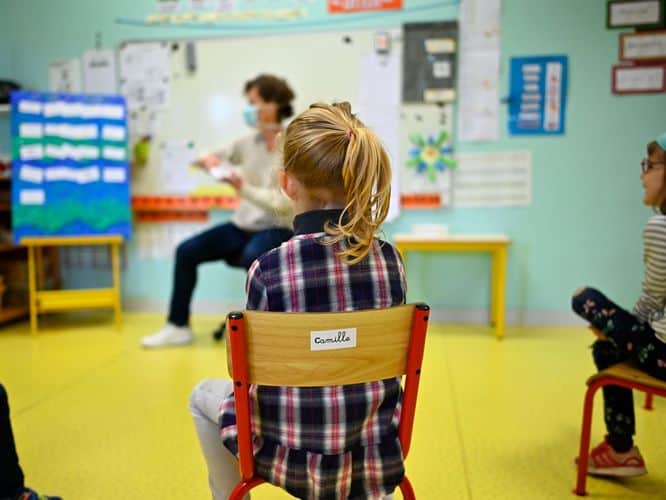Here’s what it would take to finally reopen schools.
If there’s one thing everyone seems to agree about during the Covid-19 pandemic, it’s that we have to eventually reopen schools for in-person teaching. Where there’s less agreement is what, exactly, is required to make that possible.
Some of that disagreement bubbled up in the past few weeks, as some teachers unions across the country argued that vaccinating teachers and other school staff isn’t by itself enough to safely reopen.
When I first heard about this, I was a little annoyed. One of the reasons teachers are, at least in some states, getting priority for vaccines is to reopen schools. So it felt like a bit of a bait-and-switch.
But as I talked to teachers unions in California and Virginia (where some of these battles have spilled over to public forums), I had to admit they have a point: Union leaders noted the evidence from vaccine trials so far only shows that Covid-19 vaccines stop the patient from getting sick and dying, but we don’t know yet if vaccines stop the spread of the disease.
The concern, then, is that a teacher could get vaccinated, pick up the coronavirus while teaching in-person, then carry the pathogen home — infecting their own family or other people they interact with.
That’s not to say we should give up and keep schools closed until the pandemic is over. It’s instead a matter of adopting other precautions, along with vaccines: reduced community spread, consistent masking and use of other protective equipment, better ventilation, social distancing in classrooms, aggressive testing, and so on. “That’s what we’ve been talking about all along,” E. Toby Boyd, president of the California Teachers Association, told me.
The Centers for Disease Control and Prevention (CDC) reinforced part of this view last week with an article in JAMA: There’s now solid evidence that schools can safely reopen — but with the right precautions. In one study of 17 K-12 schools in rural Wisconsin with strong adherence to masking and other steps, there were only seven cases of Covid-19 due to in-school transmission over 13 weeks. Other research found K-12 schools don’t seem to be superspreading sites or cause community-wide surges of Covid-19 on their own.
In fact, CDC Director Rochelle Walensky said the research is so strong that schools can safely reopen before vaccinating all teachers.
Even once school staff are vaccinated, it makes sense to adopt the other Covid-19 precautions, John Brooks at the CDC told me. While some experts expect vaccines will offer protection from transmission, we just don’t know that yet. “I think we err on the side of caution,” Brooks said.
One hitch here is resources. Protective equipment, improving ventilation, and more testing can cost money — and as they deal with a recession, local and state governments may not have the budget for all of that. That’s where President Joe Biden and Congress, with the federal government’s deep pockets, can help, if they overcome concerns about too much spending.
Still, Brooks noted there are several things schools could do on the cheap. Cloth masks aren’t very expensive. Neither is leaving doors open or cracking a window to improve ventilation. Foregoing some extracurricular activities, especially those indoors, could save money and avoid superspreading events.
All of this requires prioritizing reopening schools. America has not done that so far, as it’s reopened bars and indoor dining before in-person teaching — fueling outbreaks in actually risky spaces that then forced more caution around reopening schools, because community spread was so out of control.
To reopen schools, then, officials will need to adopt the precautions that have long been recommended for Covid-19. They might want to vaccinate teachers and other staff as an added safeguard. But above all they’ll have to truly prioritize reopening schools, even if it means spending more money and keeping bars closed.
For more on reopening schools, read Anna North’s explainer for Vox.
Sign up for the Weeds newsletter. Every Friday, you’ll get an explainer of a big policy story from the week, a look at important research that recently came out, and answers to reader questions — to guide you through the first 100 days of President Joe Biden’s administration.
Author: German Lopez
Read More



